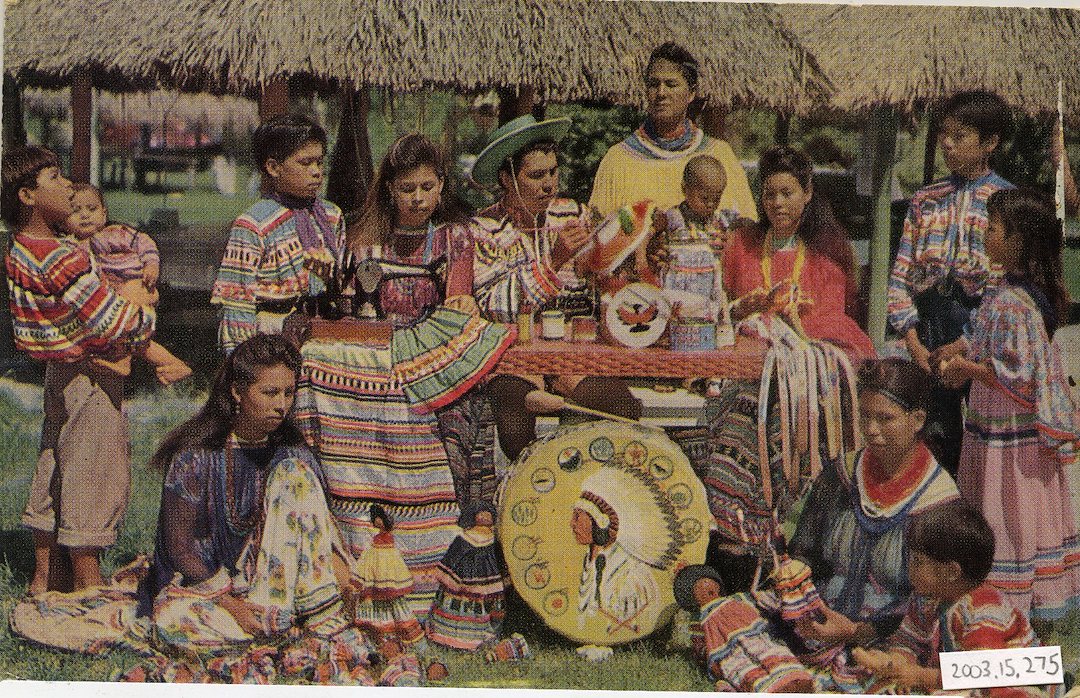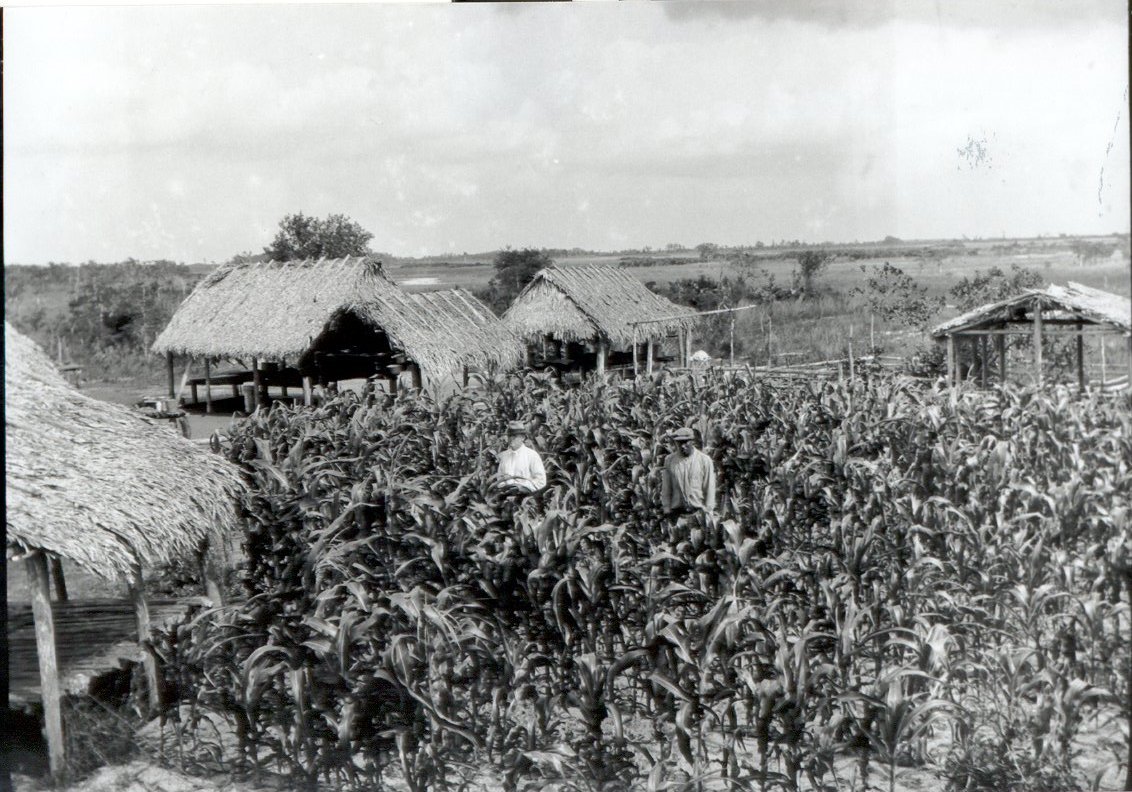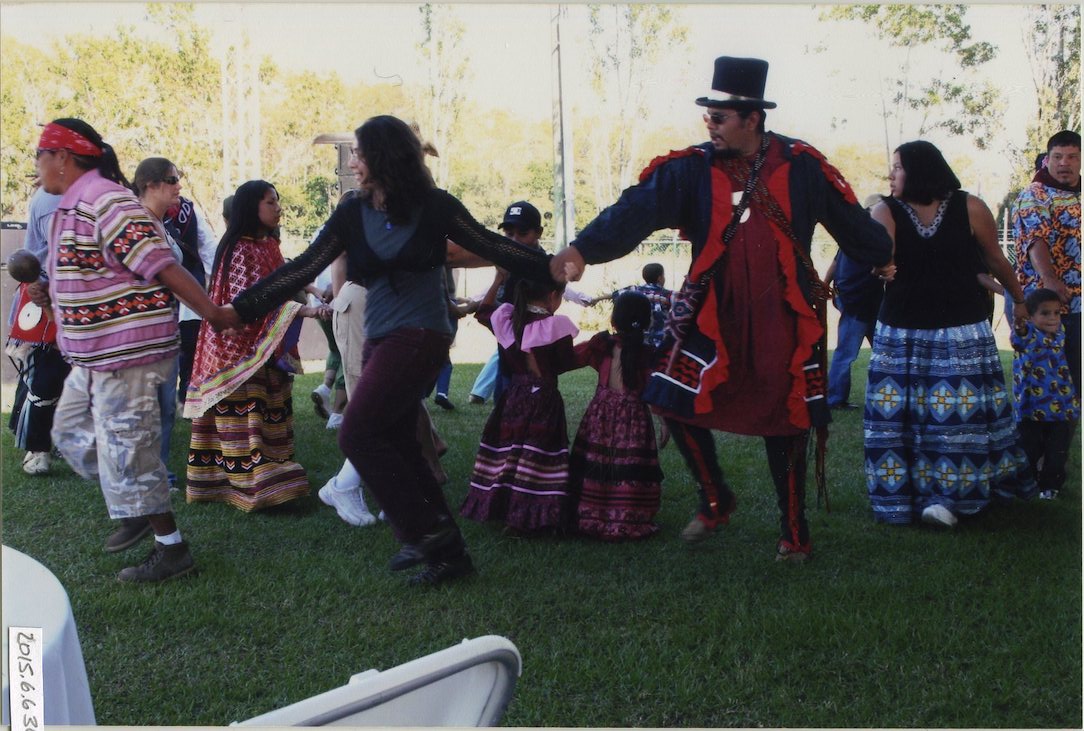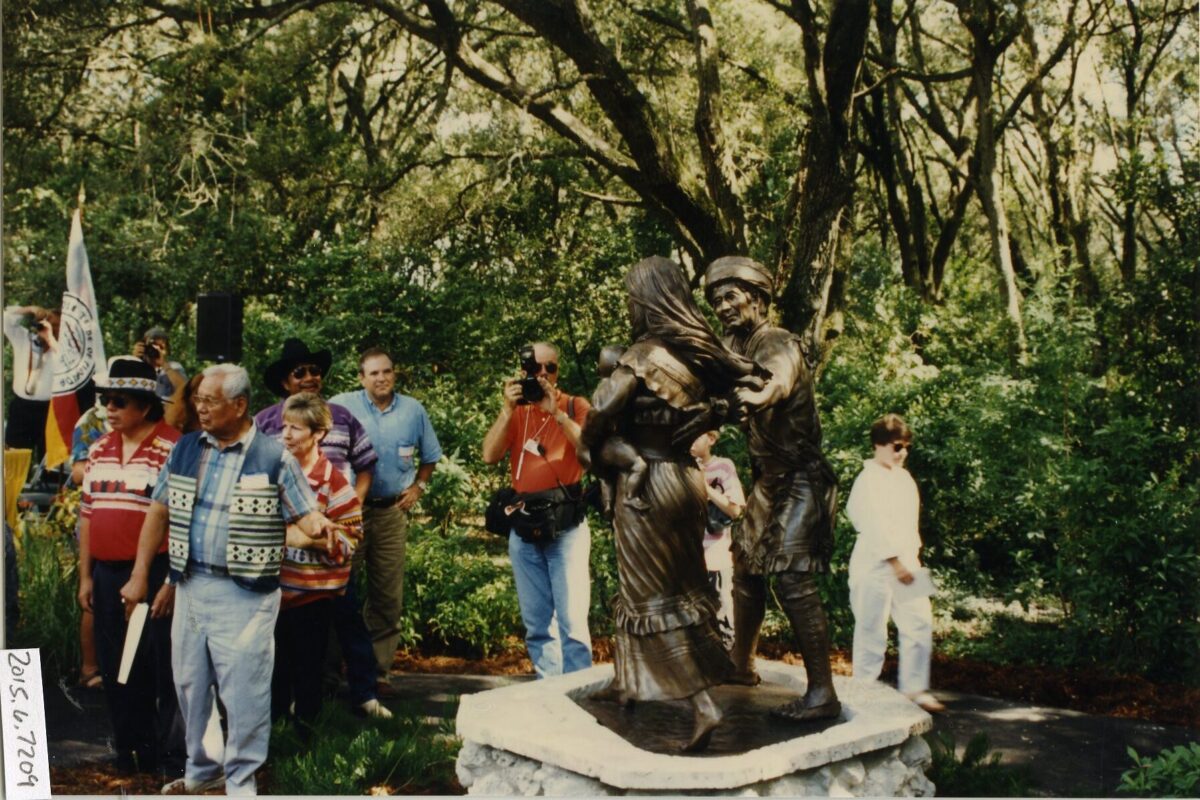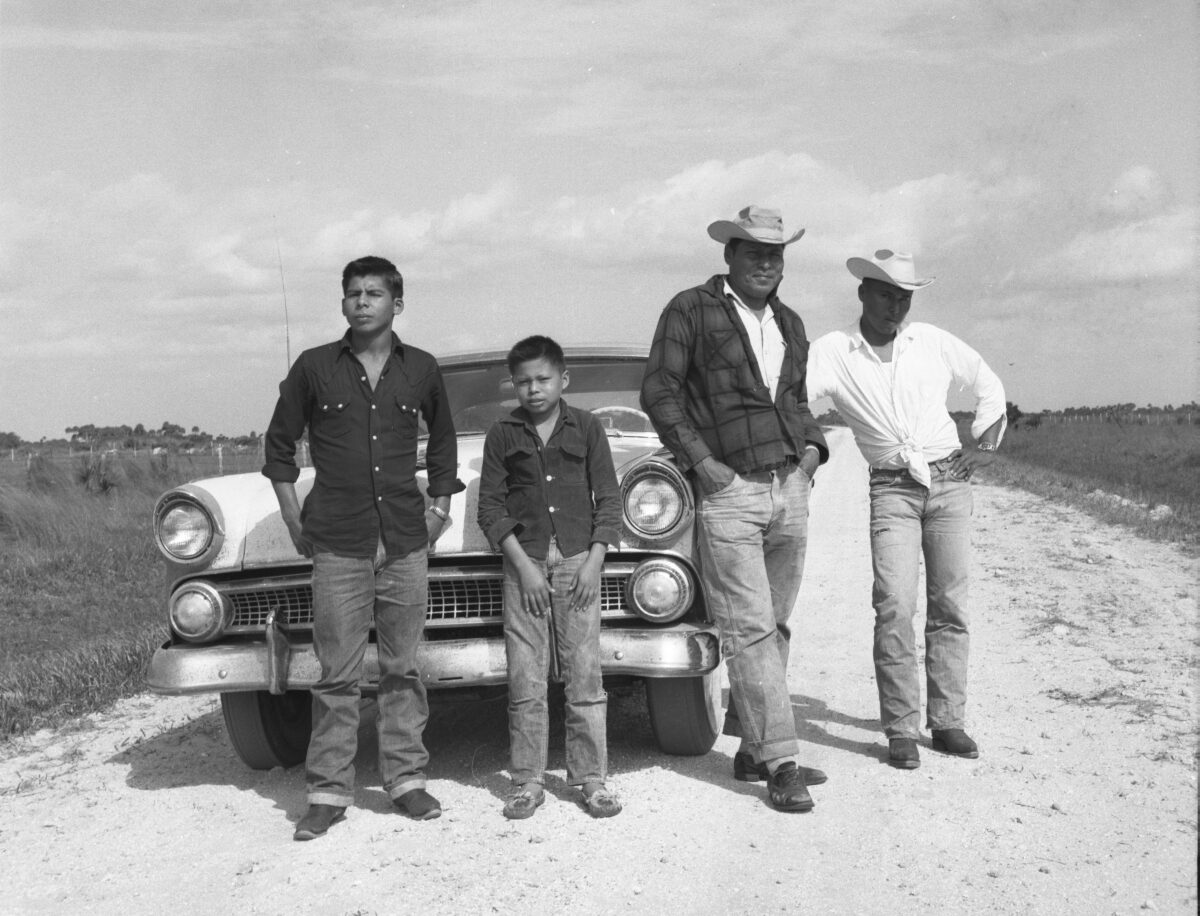Kickoff to Seminole Festival Season
This week, join us for all the latest details on festival season and three exciting, special events. Dance to the rhythm at the Indigenous Arts and Music Festival, immerse yourself in Native dance at the Seminole Tribal Fair and Pow Wow, and catch the excitement of the rodeo at the Brighton Field Day Festival.
Native American Heritage Month 2023
November is Native American Heritage Month! Join us for local events and resources.
Oh my Gourd! Seminole Pumpkins and Other Uniquely Cultivated Seminole Foods
Last month, we shared some sweet and savory Seminole treats and recipes that you can try at home. As we touched on previously, Indigenous cooking and harvesting represent acts of resistance to the pressures of colonization. Therefore, it is increasingly important to recognize, uphold, share, and support Indigenous cooking methods, patterns of subsistence, and what they represent. This week, we will look at several uniquely Seminole cultivated foods, and how they became important staples in the Seminole diet. We will look at Seminole pumpkins, coontie, and cabbage palm, as well as how Seminole gardens were uniquely designed to thrive in the Florida ecosystem and hide their important food resources. In our featured image this week you can see corn planted in a Seminole camp, probably early to mid 20th century. You can see chickees around it in the background (2007.46.27, ATTK Museum). Below, you can see a Seminole pumpkin. Seminole Foods Although Florida
American Indigenous Arts Celebration November 3rd-4th, 2023
It is that time of year again! This year’s American Indigenous Arts Celebration (AIAC) will be held November 3rd and 4th on the Big Cypress Seminole Indian Reservation.
Sweet and Savory Seminole Treats!
Get a closer look at traditional Seminole treats, recipes you can try at home, and how and where you can taste some of these special foods.
Mystery at Fort Marion
This week, join us to explore the Mystery of Coacoochee's Escape from Fort Marion.
THPO Spotlight: Artifact of the Month
This week, join us as we talk with Samantha Wade, Senior Bioarchaeologist and Lab Supervisor for the Seminole Tribe of Florida Tribal Historic Preservation Office (STOF THPO) about the long-running Artifact of the Month program.
The Devil, Abiaka: The Legacy of Sam Jones
This week, join us to learn about the life and legend of Abiaka. Also known as Abiaki, Arapeika/Aripika, Sam Jones, or just “The Devil,” Abiaka was a fierce Seminole wartime leader, medicine man, and spy.
Seminole Snapshots: The Peithmann Collection
This week, join us to look deeper at the impact of the Peithmann Collection, a collection of over a thousand photographs taken from the 1950s through the 1970s by Irvin M. Peithmann.
Seminole Music, Language, and Legacy
Even before the modern rock empire of the Seminole Hard Rock, music has been closely tied to Seminole culture, identity, and history. Seminoles use music for social, political, and educational purposes. Significantly, they pass down stories, legends, and even language through song. This week, we are exploring the legacy of Seminole music, and how it has shifted and changed over time. Additionally, at the end of the post, we will look at a handful of modern Seminole artists, and current Seminole representation in music. Above, you can see Dr. Judy Ann Osceola, Pauline (nee Jumper, married name unknown), Judy Baker, Mary Louise Johns (nee Jumper), Priscilla Sayen, and Judy Bill Osceola (with guitar). Occasionally, the women were asked to sing at events as a show of support for the newly formed government of the Seminole Tribe of Florida in the late 1950s. Seminole Music In our featured image this week, you can see



